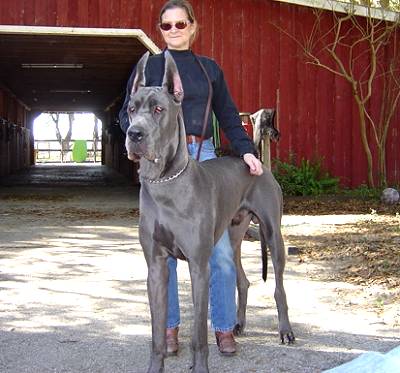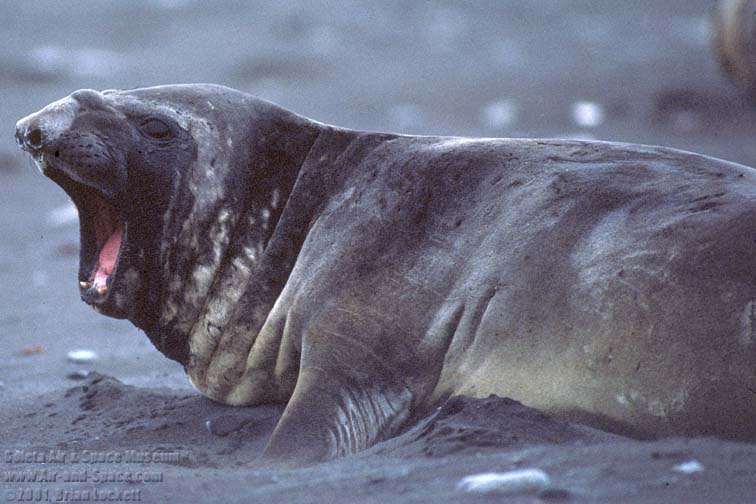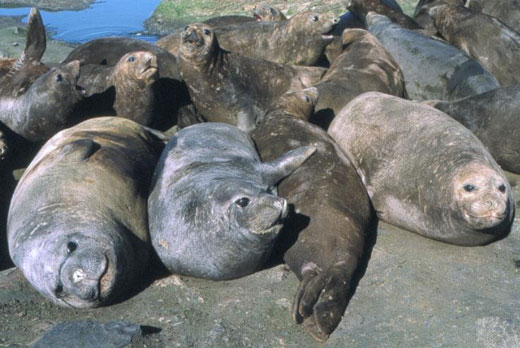The Consortium for Ocean Leadership applauds Hawaii Congressman Neil Abercrombie (D-1st) for introducing the National Marine Mammal Research Program Act of 2008 (H.R.5106). The bill will create a national marine mammal research program to be administered by the Marine Mammal Commission. Implementation of this research program will greatly improve our understanding of marine mammals, especially the impact sound has on these animals.
The need for increased support for marine mammal research was identified by the National Research Council (NRC) and the U.S. Commission on Ocean Policy (USCOP). In their most recent report to Congress, the Marine Mammal Commission stated as their first recommendation: "Establish a coordinated national research program on the effects of anthropogenic sound on marine mammals and the marine environment."
"Marine mammals deal with major threats in the ocean, including entanglement in fishing gear, contaminants, harmful algal blooms, disease, habitat loss, and environmental change," said Robert B. Gagosian, President & CEO of Ocean Leadership. "Understanding the biology of these animals will provide the federal agencies with the tools to develop conservation and management protocols that will allow the military and maritime industries to coexist with marine mammals."
 Baby Elephant Seals
Baby Elephant Seals Baby Elephant Seals
Baby Elephant Seals Baby Elephant Seals
Baby Elephant Seals Baby Elephant Seals
Baby Elephant Seals Baby Elephant Seals
Baby Elephant Seals Baby Elephant Seals
Baby Elephant Seals
 Dogs For Sale
Dogs For Sale Dogs For Sale
Dogs For Sale Dogs For Sale
Dogs For Sale Dogs For Sale
Dogs For Sale Dogs For Sale
Dogs For Sale Dogs For Sale
Dogs For Sale Dogs For Sale
Dogs For Sale
 Dogs Great Dane
Dogs Great Dane Dogs Great Dane
Dogs Great Dane Dogs Great Dane
Dogs Great Dane Dogs Great Dane
Dogs Great Dane Dogs Great Dane
Dogs Great Dane Dogs Great Dane
Dogs Great Dane Dogs Great Dane
Dogs Great Dane
 Baby Elephant Seals
Baby Elephant Seals Baby Elephant Seals
Baby Elephant Seals Baby Elephant Seals
Baby Elephant Seals Baby Elephant Seals
Baby Elephant Seals Baby Elephant Seals
Baby Elephant Seals Baby Elephant Seals
Baby Elephant Seals Male Elephant Seal
Male Elephant Seal Male Elephant Seal
Male Elephant Seal Male Elephant Seal
Male Elephant Seal Male Elephant Seal
Male Elephant Seal Male Elephant Seal
Male Elephant Seal Male Elephant Seal
Male Elephant Seal Southern Elephant Seal
Southern Elephant Seal Southern Elephant Seal
Southern Elephant Seal Southern Elephant Seal
Southern Elephant Seal Southern Elephant Seal
Southern Elephant Seal Southern Elephant Seal
Southern Elephant Seal Southern Elephant Seal
Southern Elephant Seal Southern Elephant SealThe elephant seals are generally found in the sub Antarctic regions around the world. The species used to be seen quite often in large numbers around Tasmania, but this is no longer the case as the sealing industry led to the decline of the species and now they are only occasionally seen. Today they are often seen off the coast of South Africa and New Zealand, Macquarie Island, Peninsula Valdes, Heard Island, and Kerguelen. One of the most substantial populations is located in the Sub Antarctic islands, especially around South Georgia.
Southern Elephant SealThe elephant seals are generally found in the sub Antarctic regions around the world. The species used to be seen quite often in large numbers around Tasmania, but this is no longer the case as the sealing industry led to the decline of the species and now they are only occasionally seen. Today they are often seen off the coast of South Africa and New Zealand, Macquarie Island, Peninsula Valdes, Heard Island, and Kerguelen. One of the most substantial populations is located in the Sub Antarctic islands, especially around South Georgia.  Elephant Seal
Elephant Seal Elephant Seal
Elephant Seal Elephant Seal
Elephant Seal Elephant Seal
Elephant Seal Elephant Seal
Elephant Seal Elephant Seal
Elephant Seal Elephant Seal
Elephant Seal